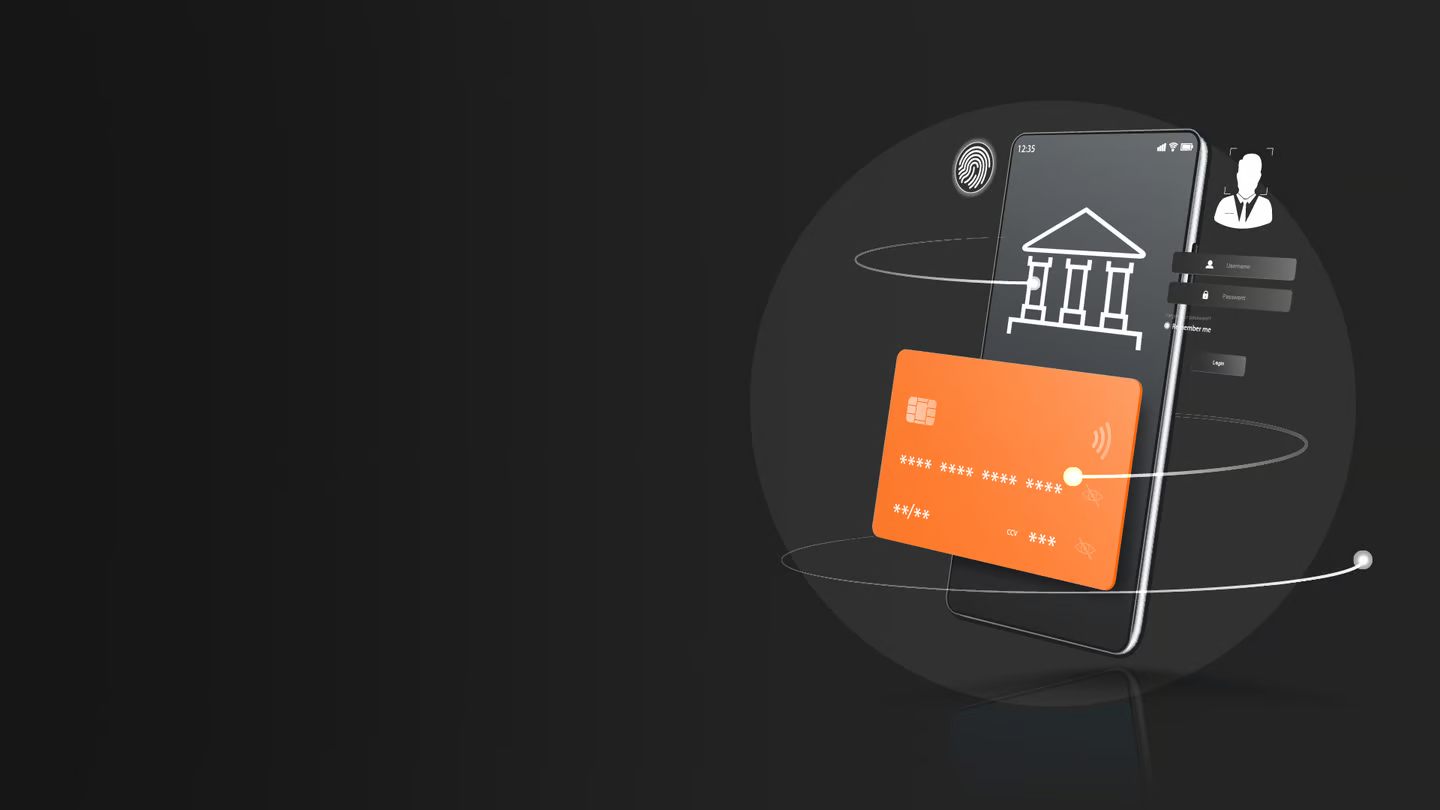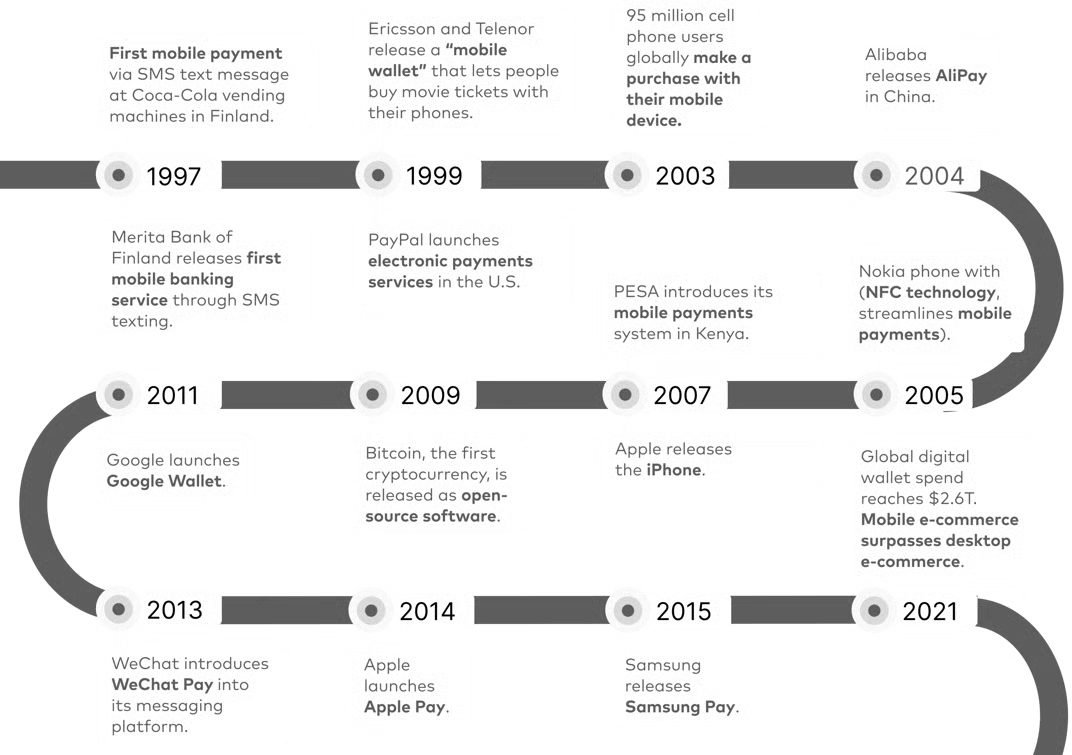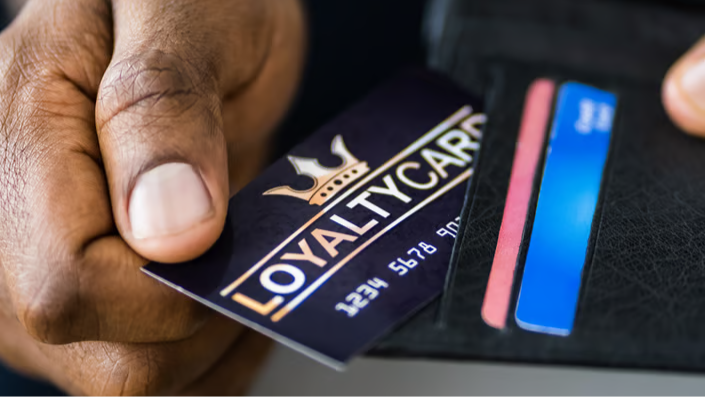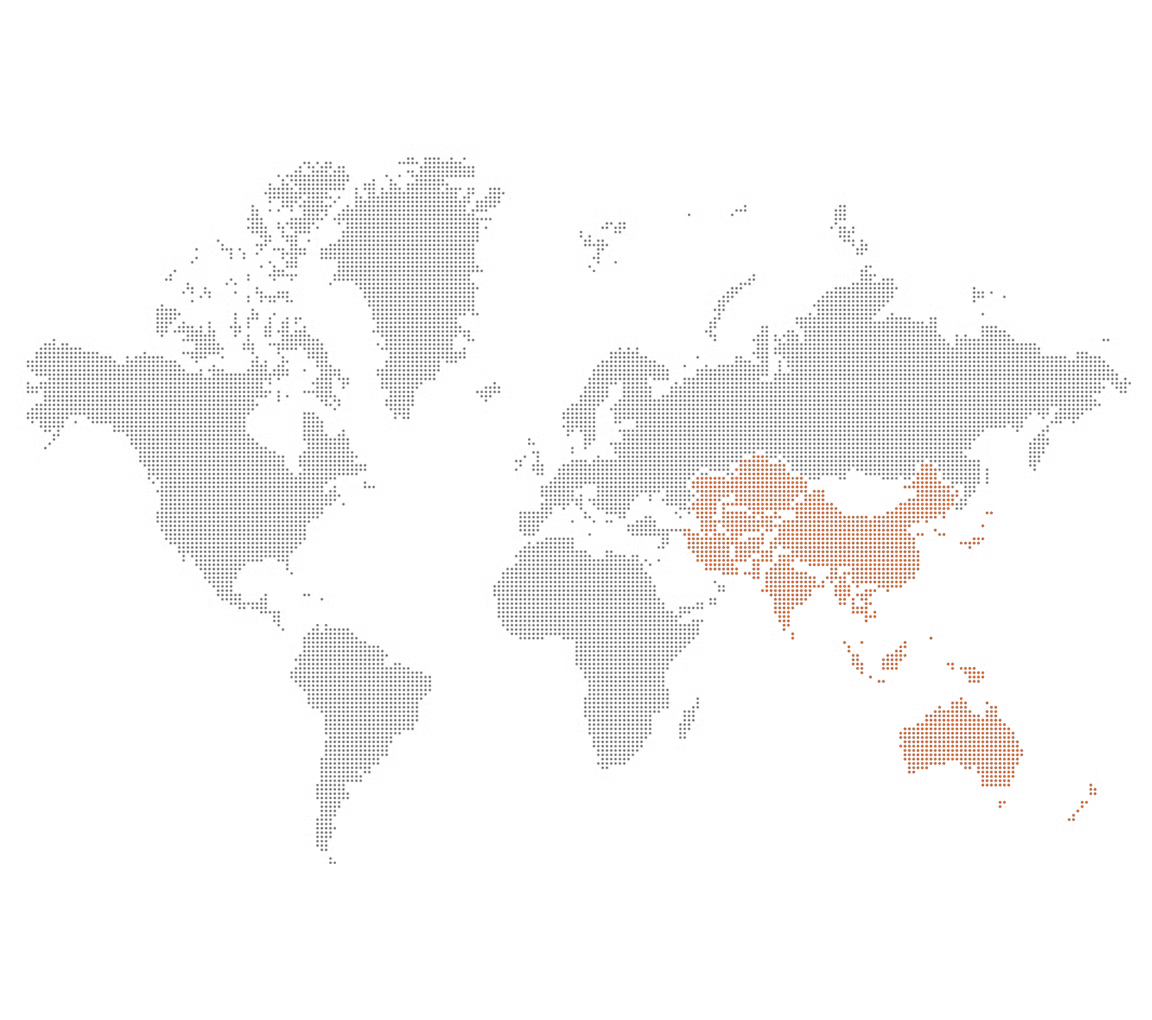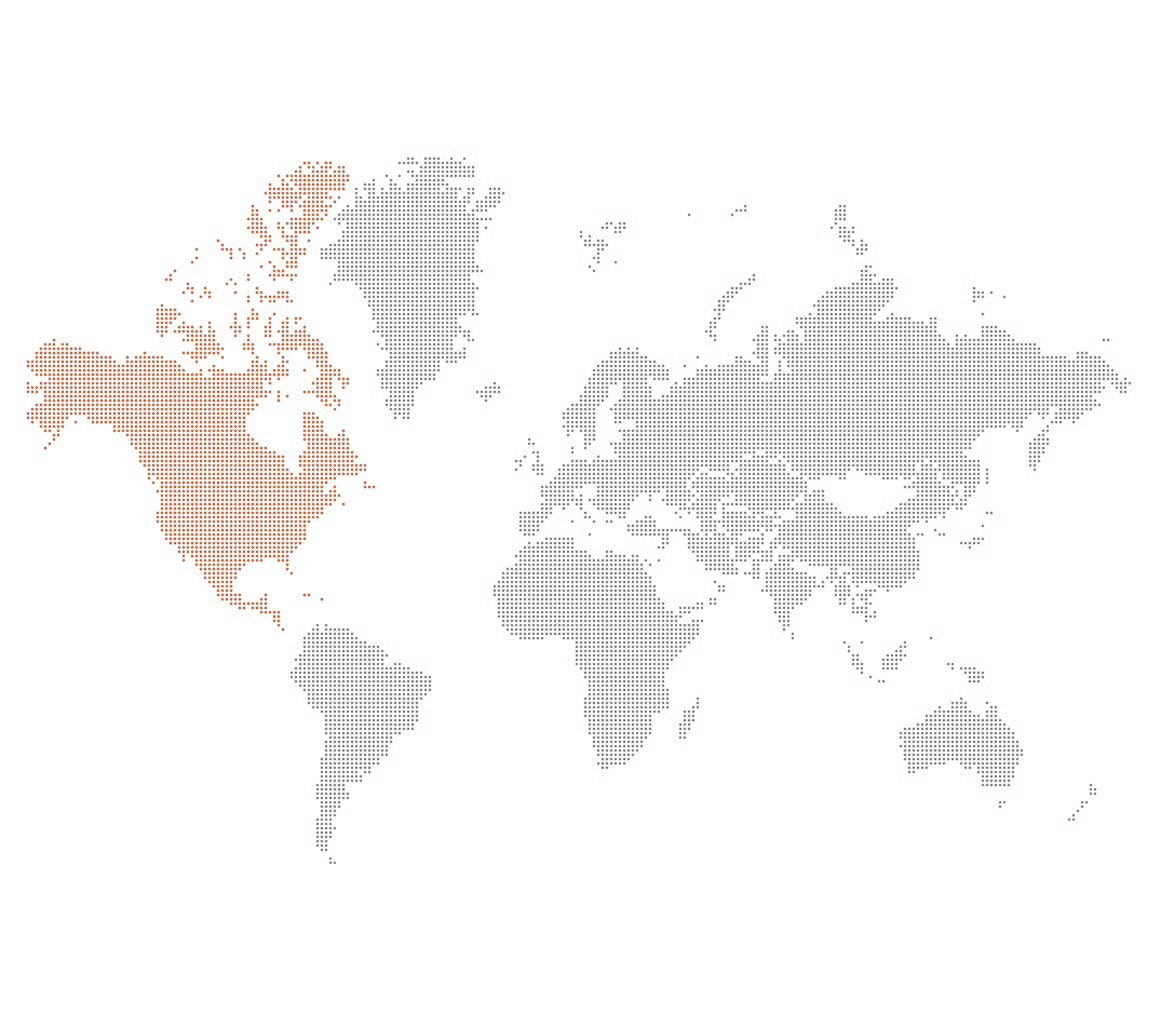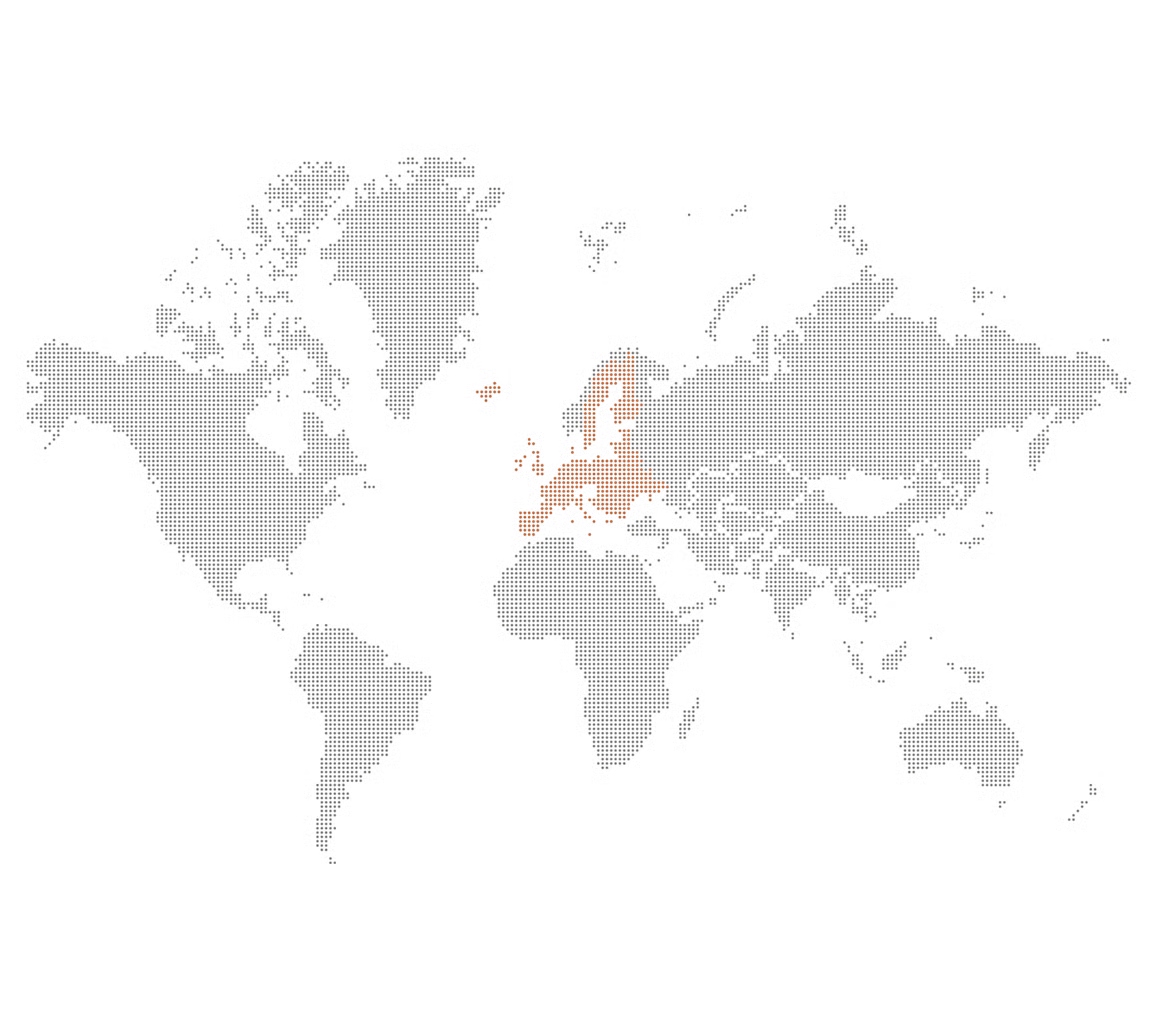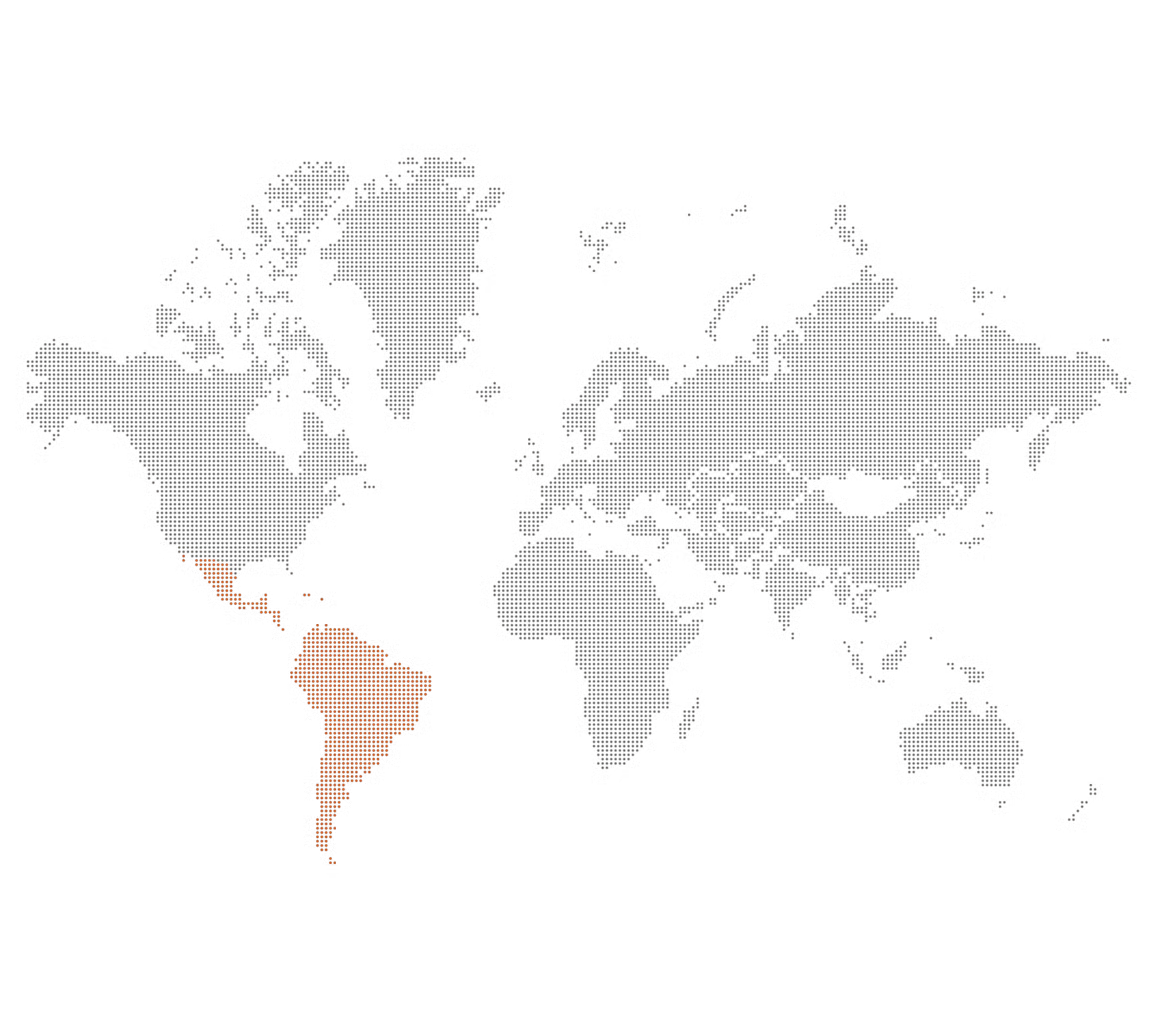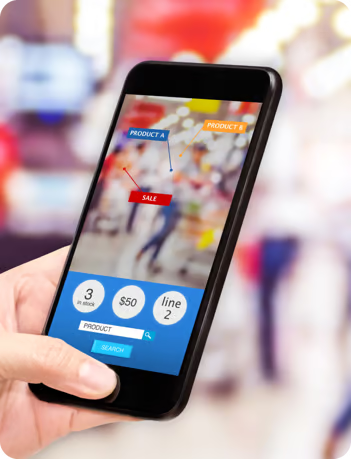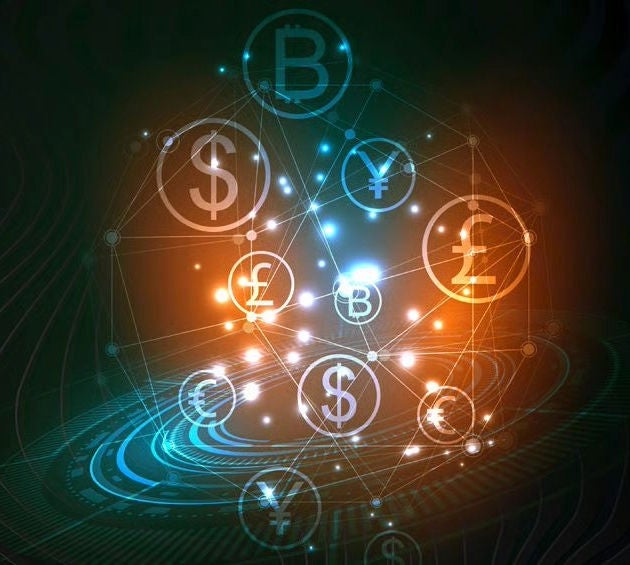- Digital Wallets ~ Accelerating to a Cashless Society, Juniper Research
- The Global Payments Report 2022, FIS Global
- Gartner Dataquest, IDC, Strategy Analytics
- The Global Payments Report 2022, FIS Global
- Digital Wallets: Key Opportunities, Vendor Analysis and Market Forecasts 2022-2026, Boku and Juniper Research
- A Snapshot of Cash Usage Around the World, eMarketer
- Global Contact Consumer Poll, Mastercard
- Contactless Payments Market Sizing Report, Grand View Research
- The Global Payments Report 2022, FIS Global
- Digital Payments and the New Opportunity to Increase Savings, Commonwealth
- The Global Findex Database 2021, The World Bank
- The Long-run Poverty and Gender Impacts of Mobile Money, Science Magazine
- Mapping Loyalty in Uncertain Times, TruRating
- Why the Digital Wallet Wars Matter, Forrester
- 2021 Q4 Earnings Call, McDonalds
- Identification Development Global Dataset, The World Bank
- Digital Identity: Key Opportunities, Regulatory Landscape & Market Forecasts 2022-2026, Juniper Research
- Wallets, Blockchain.com
- How the Starbucks App is Energizing Mobile Payment Use, eMarketer
For you
Find a card
Ways to pay
Protecting you
Get support
Experience Mastercard
For business
Explore solutions
Explore by industry segment
For the world
Making an impact
Empowering people
Pathways to prosperity
Preserving the planet
About Mastercard
For innovators
Build with us
Partner with us
Explore with us
Engage with us
News and trends
Newsroom
Featured topics
Insights & reports
Press resources
Investor relations
